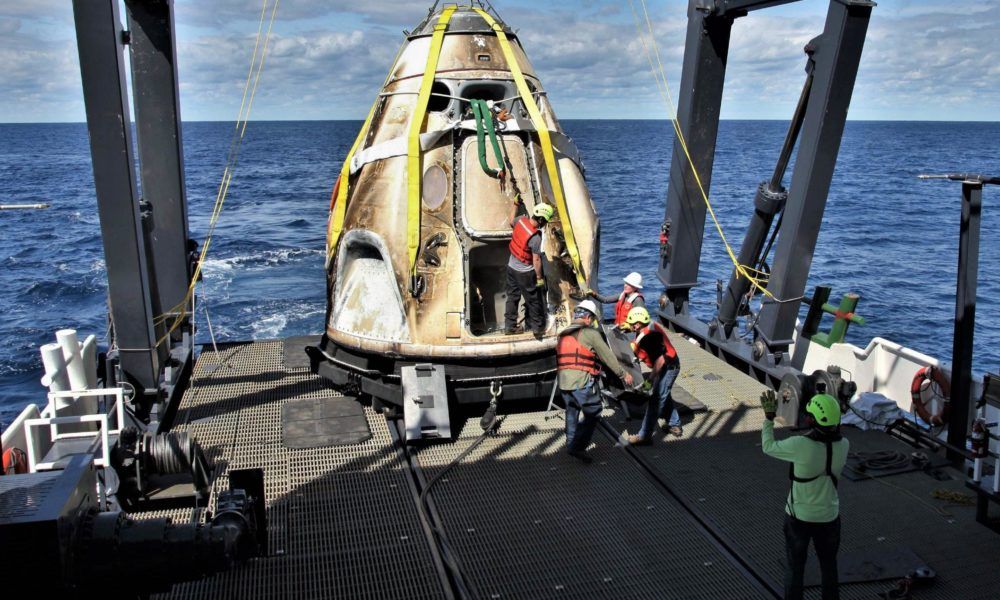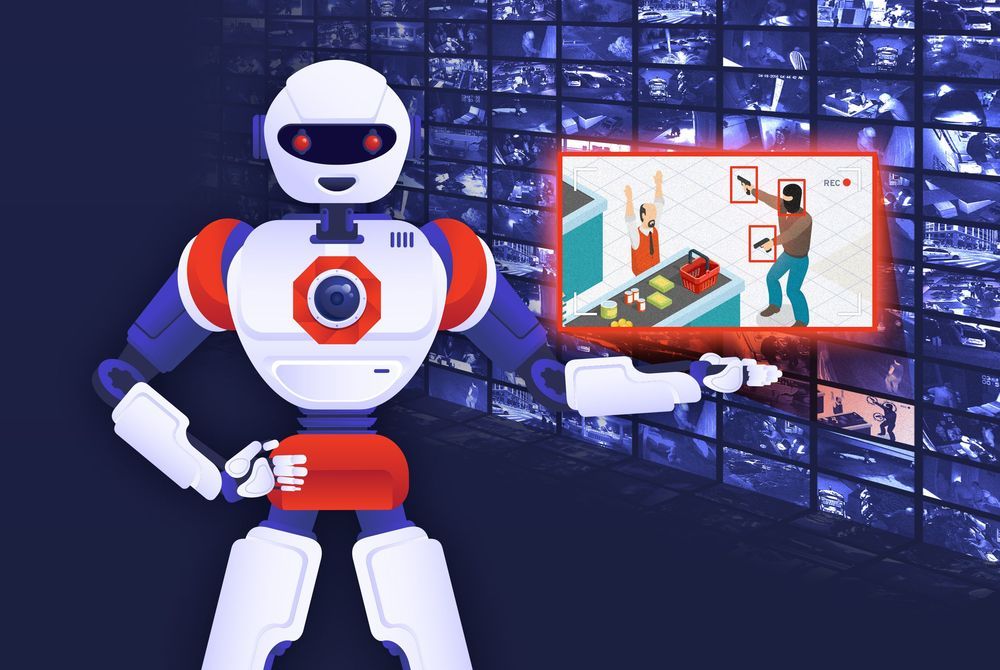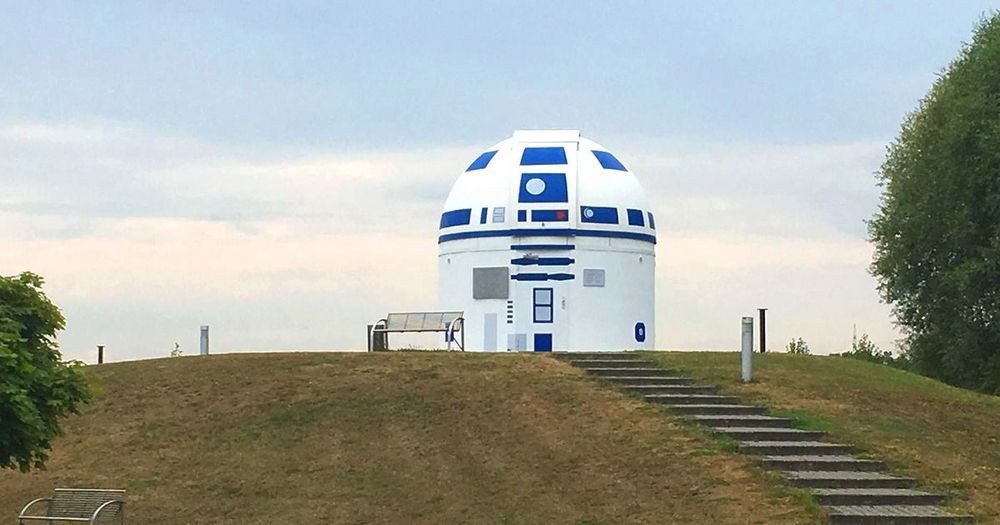Mar 25, 2019
SpaceX’s Crew Dragon to launch astronauts in July, says Russian source
Posted by Genevieve Klien in category: space travel
A source familiar with Russia’s aerospace industry recently informed state newspaper RIA Novosti that NASA has provided Russian space agency Roscosmos with an updated planning schedule for International Space Station (ISS) operations, including a preliminary target for SpaceX’s first Crew Dragon launch with astronauts aboard.
According to RIA’s source, NASA informed Roscosmos that the agency was tentatively planning for the launch of SpaceX’s Demonstration Mission 2 (DM-2) as early as July 25th, with the spacecraft departing the ISS, reentering the atmosphere, and safely returning astronauts Bob Behnken and Doug Hurley to Earth on August 5th. In a bizarre turn of events, Russian news agency TASS published a separate article barely 12 hours later, in which – once again – an anonymous space agency source told the outlet that “the [DM-2] launch of Crew Dragon is likely to be postponed to November”. For the time being, the reality likely stands somewhere in the middle.


















